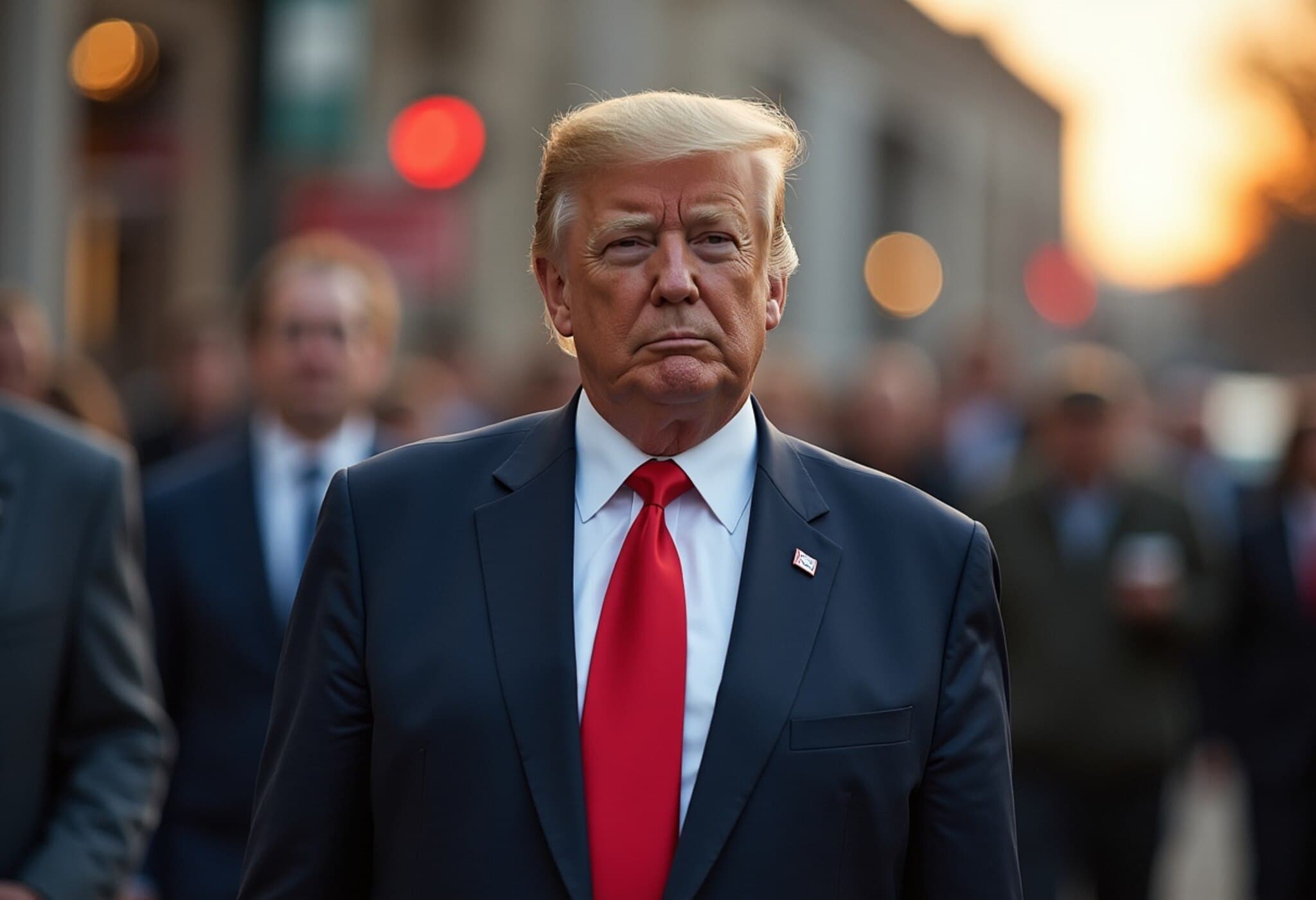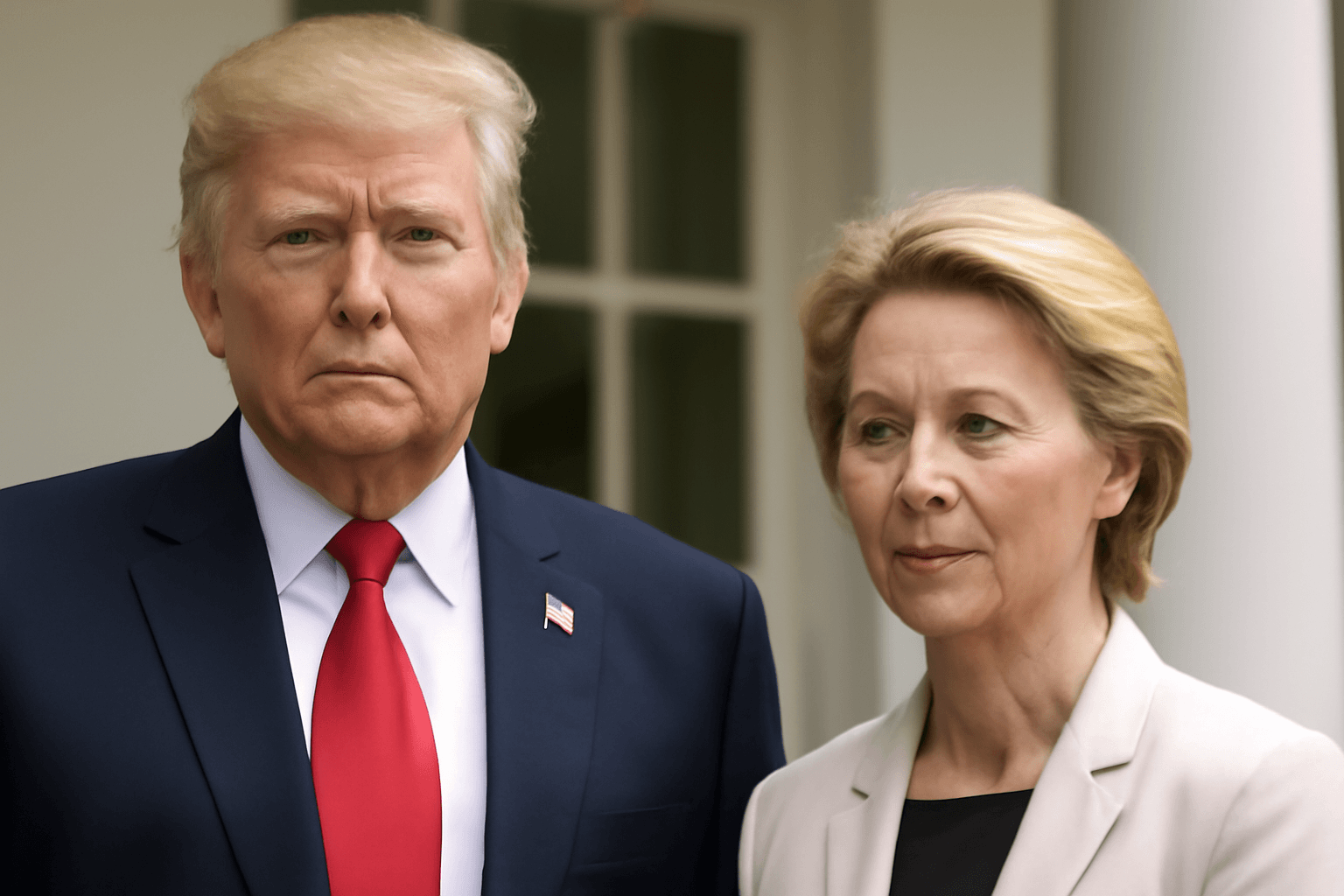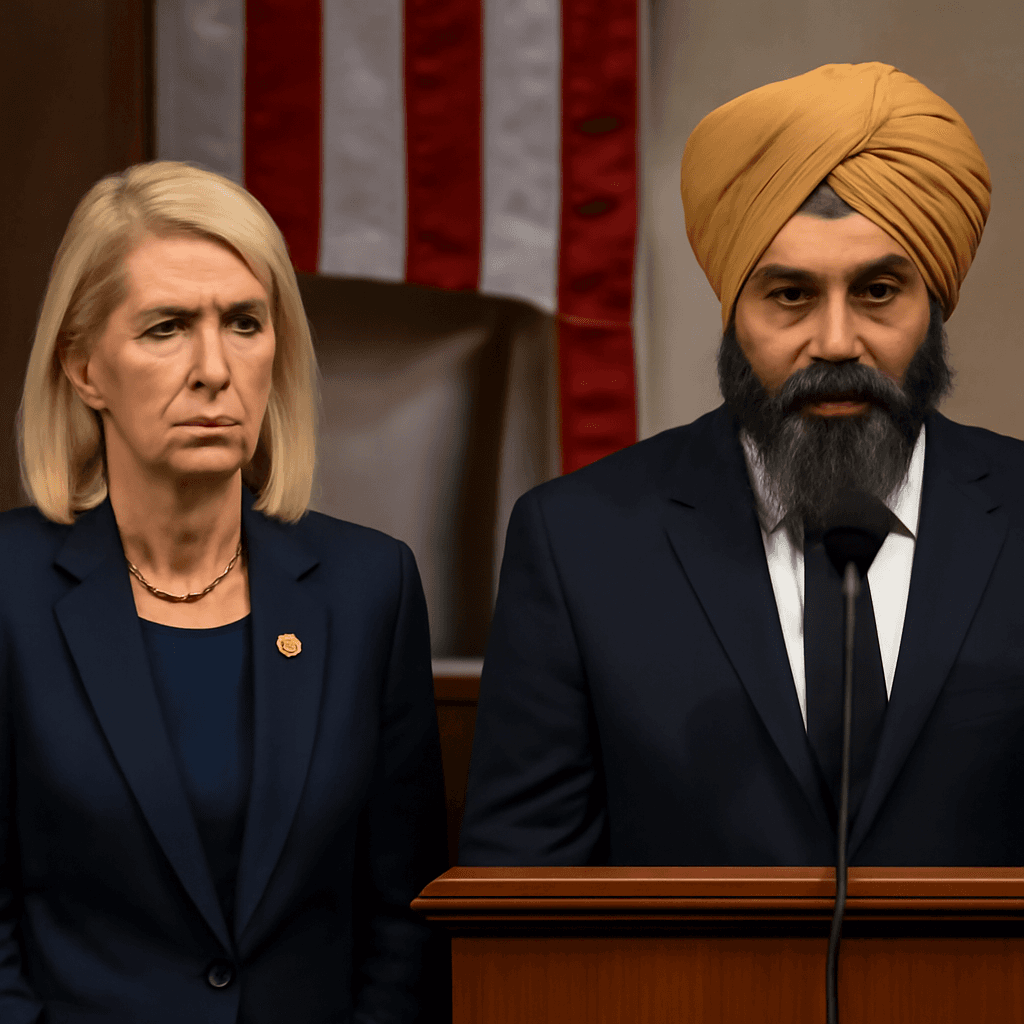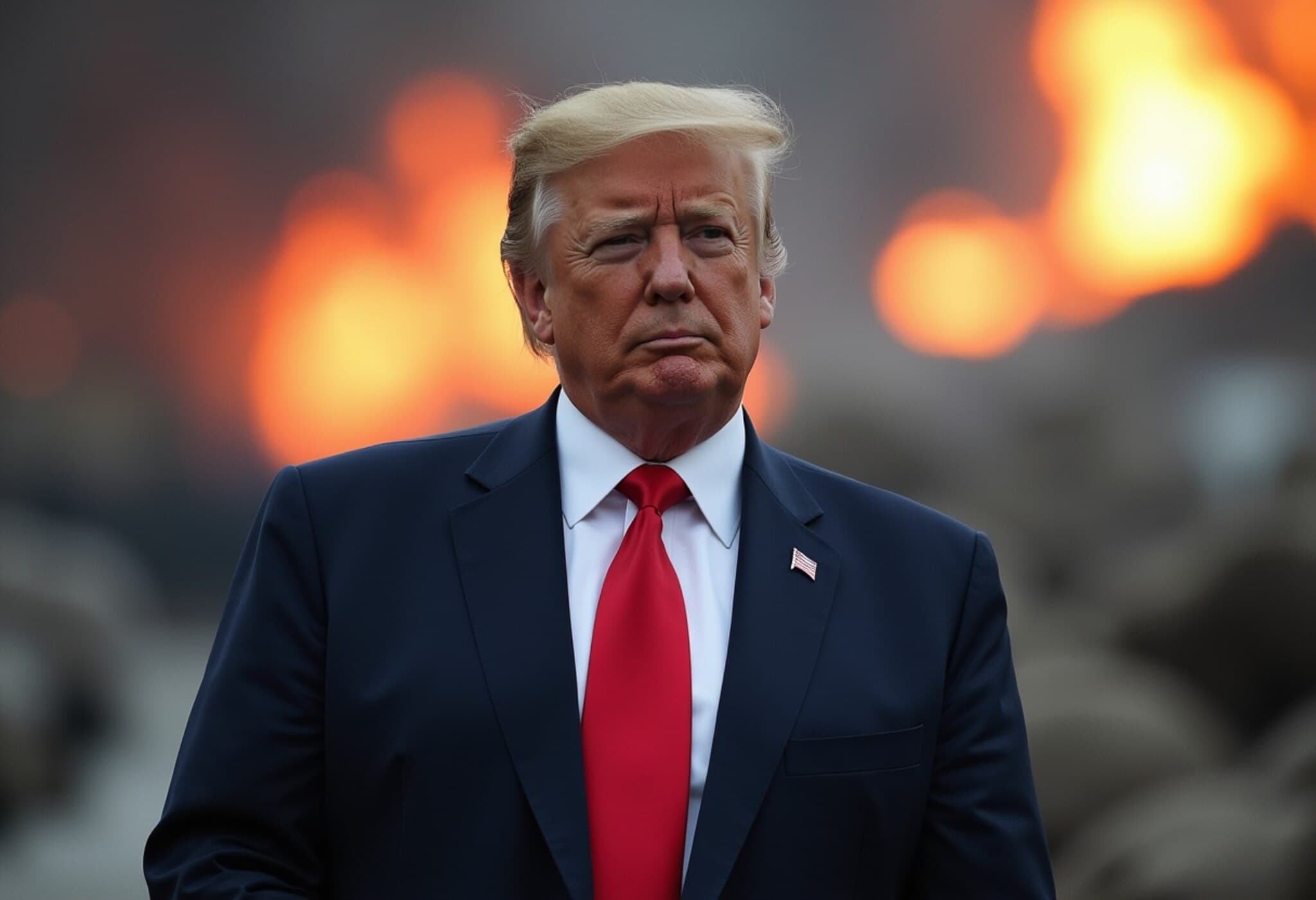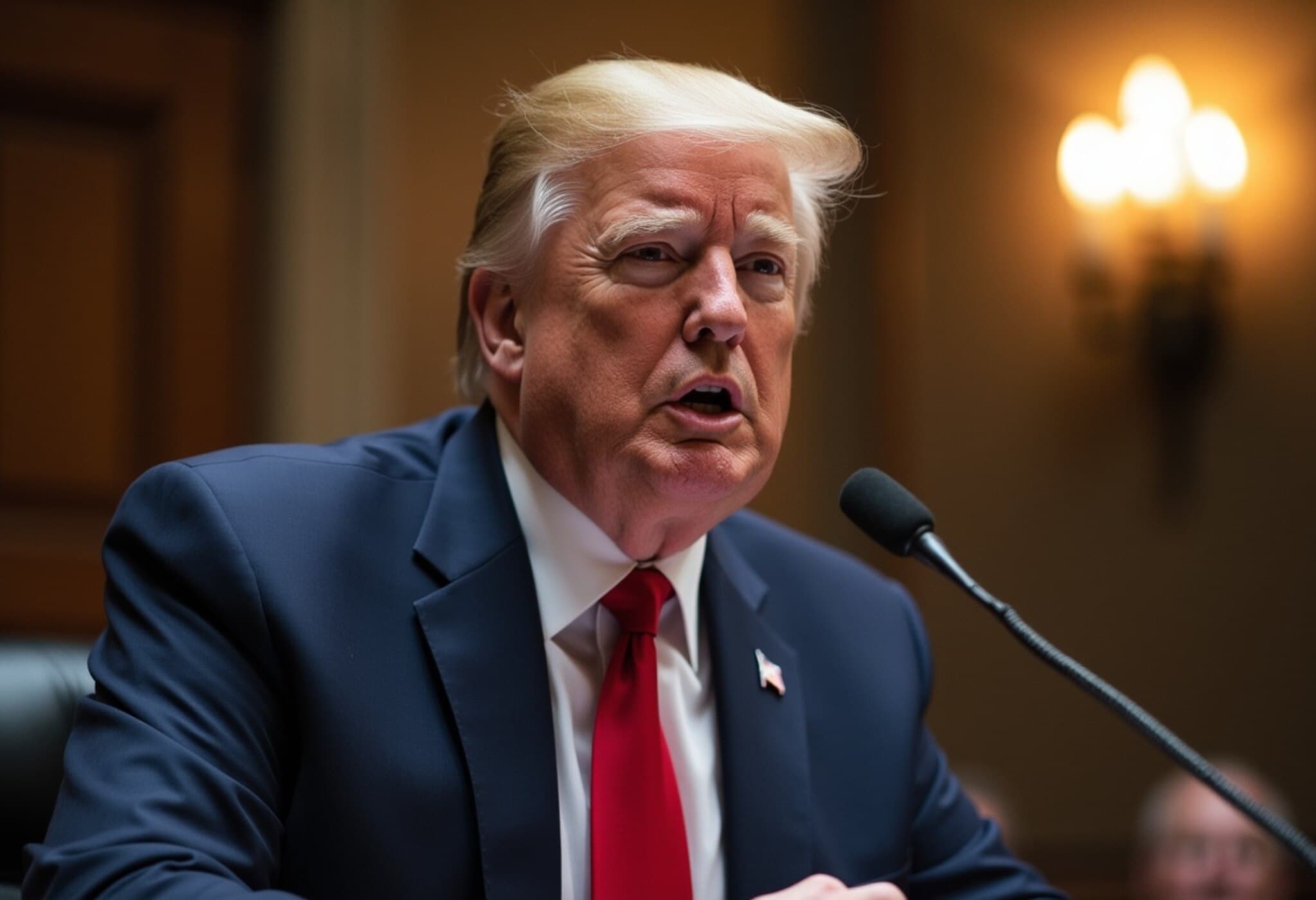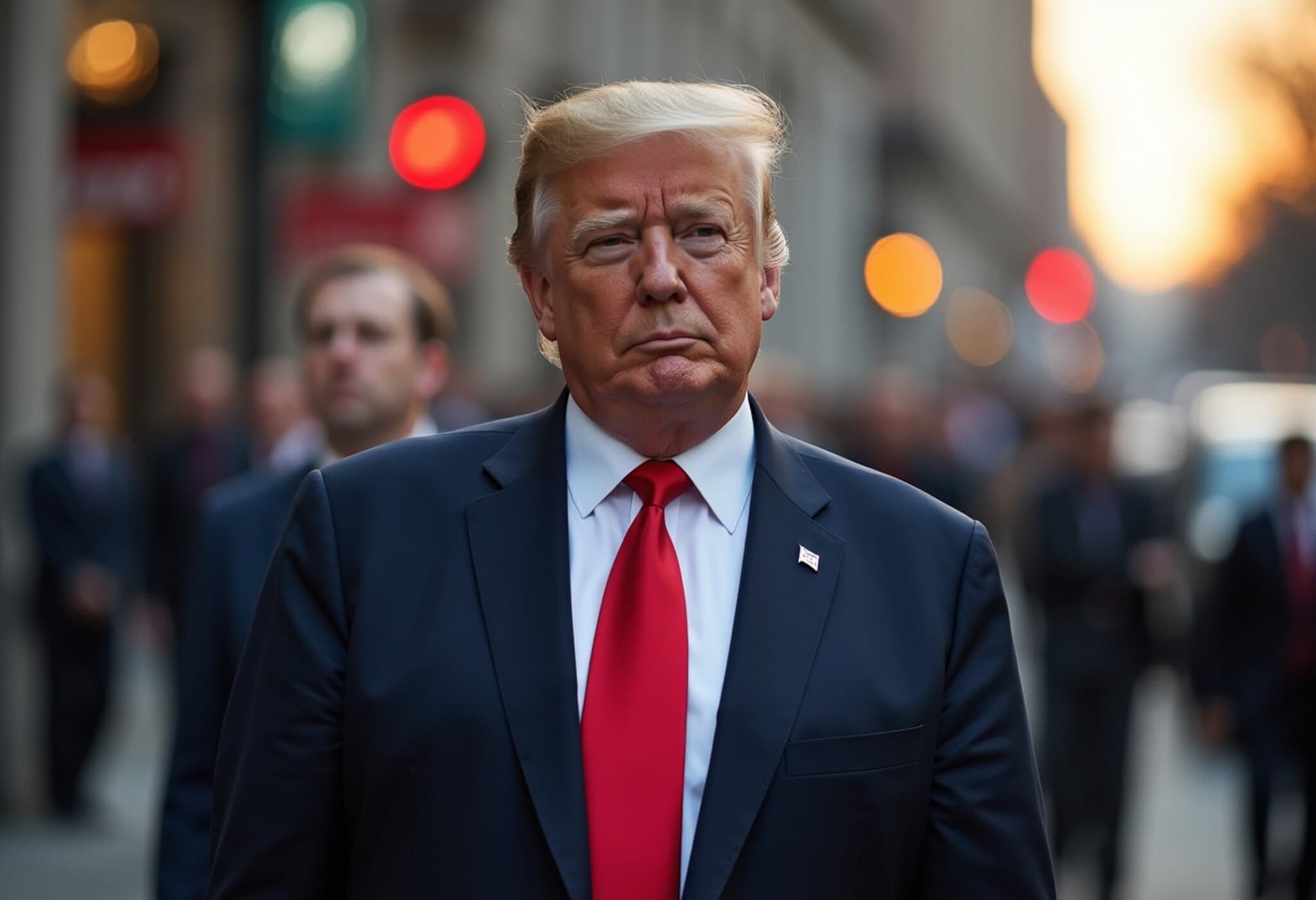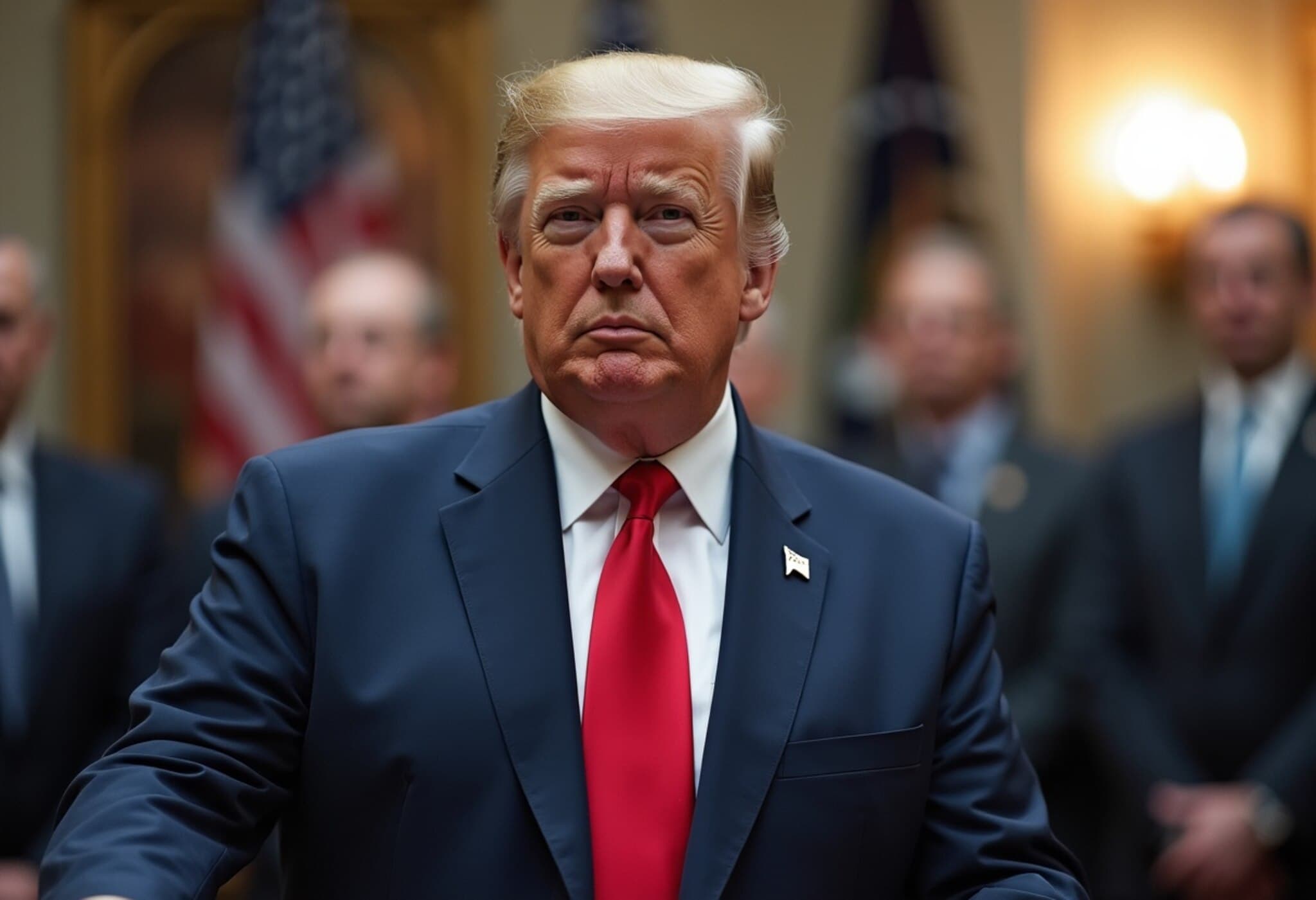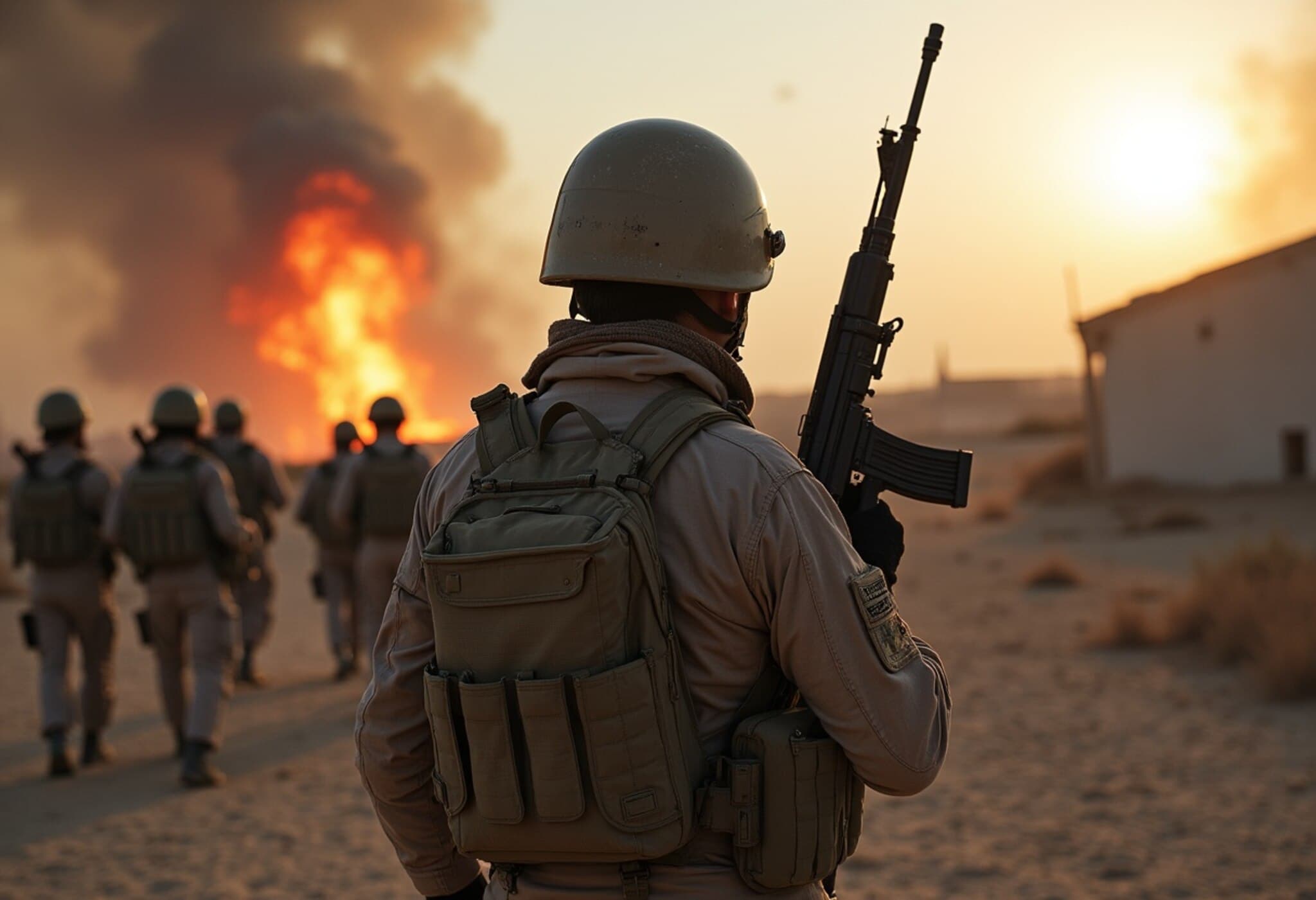Understanding the War Powers Act and Presidential Authority
The United States Constitution distinctly divides war powers between Congress and the President, designed to ensure a balance between legislative oversight and executive action in matters of armed conflict.
What Is the War Powers Act?
Passed in 1973 as a response to the prolonged Vietnam War and unauthorized military actions such as the secret bombing of Cambodia, the War Powers Resolution—commonly called the War Powers Act—aims to limit the President's ability to engage US forces in conflict without Congressional approval.
Constitutional Division of War Powers
Constitutionally, Congress holds the sole authority to declare war as specified in Article I, Section 8. It also controls military funding and regulation. Meanwhile, Article II designates the President as Commander-in-Chief, empowering the executive branch to lead the military and respond swiftly during emergencies. This framework was established to prevent unilateral war decisions.
Presidential Military Action Without Congressional Approval
Under the War Powers Act, if the President deploys troops into combat or near-hostile situations, he must notify Congress within 48 hours. Once informed, the President can maintain military forces in the field for up to 60 days without explicit Congressional authorization. If Congress declines to approve the engagement, the President has an additional 30 days to safely withdraw troops, limiting unauthorized military action to a maximum of 90 days.
Recent Instances and Controversies
While Presidents have often launched military strikes or interventions without formal declarations of war, these actions have sparked debate about constitutional limits. For example, following targeted US strikes on Iranian nuclear sites, discussions intensified regarding the scope and legality of the President’s unilateral military decisions.
When Was the Last Formal Declaration of War?
The United States last officially declared war in 1942 during World War II, against Bulgaria, Hungary, and Romania. Since then, numerous military conflicts—including Korea, Vietnam, the Gulf War, Afghanistan, and Iraq—have occurred without formal declarations, relying instead on congressional resolutions or presidential orders.
Using Authorizations for Military Force Instead of Declarations
To circumvent the need for formal declarations, Congress has passed Authorizations for Use of Military Force (AUMFs), granting the President authority to conduct specific military operations. Notably, the 2001 AUMF authorized actions against al-Qaeda and associated forces after the September 11 attacks, while the 2002 AUMF provided grounds for the Iraq invasion.
These authorizations have been broadly interpreted by successive administrations to justify various military campaigns. For instance, the 2002 AUMF was cited to legitimize targeted strikes years later, demonstrating how these laws effectively expand presidential war powers beyond initial intents.
Conclusion: Balancing Urgency with Oversight
The division of war powers between Congress and the President creates a necessary tension between rapid military response and democratic oversight. The War Powers Act seeks to protect this balance, but evolving geopolitical landscapes and military technologies continue to test its limits.
Understanding this dynamic is crucial as the US navigates conflicts today, ensuring that both swift action and constitutional boundaries are respected.

